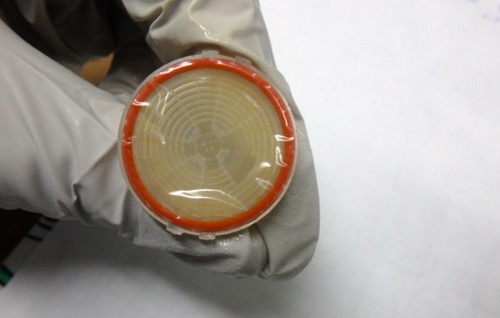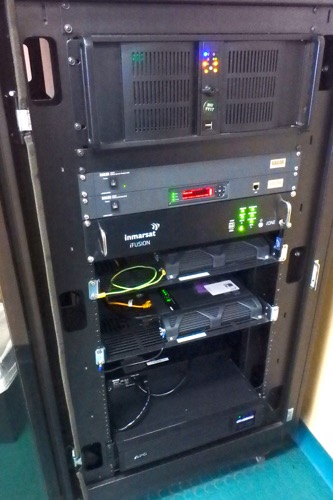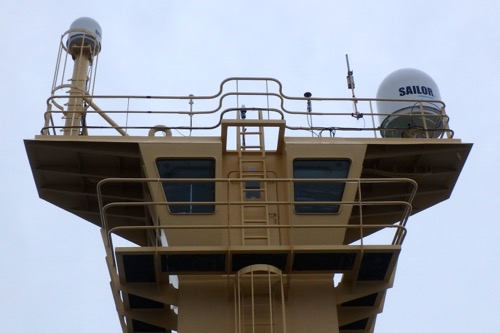PolarConnect Event - Register Today!
Date: 3 October 2016 Event with Cara Pekarcik and Dr. Bethany Jenkins Time: 9:30AM Alaska Daylight Time (10:30AM PDT, 11:30AM MDT, 12:30PM CDT, 1:30PM EDT) Topic: Southern Ocean Diatom research aboard the R/V N.B. Palmer.
Register for the event here. The event will also be archived for viewing after the event if you cannot join the live presentation. Once you register, you will get instructions on how to join the webinar
Please share this information with your friends and family - I hope to see you virtually on the 3rd!
Happy Vernal/Autumnal Equinox
Today marks the vernal (spring) equinox in the southern hemisphere and the autumnal (fall) equinox in the northern hemisphere. In Antarctica, this is the time of the year that marks the end of the dark winter months and the beginning of longer periods of daylight. Where I live/teach in New England, this marks the time of the year where we prepare for leaves to change colors, shorter periods of daylight and cooler temperatures. This year, because of this research cruise, my seasons will be a bit out of order. Winter, spring, summer, winter, fall, winter. Sounds like a lot of cold temperatures, but totally worth the chill! Happy beginning of spring/fall wherever you are in the world!
Science Update
Overnight, we traveled north through the Antarctic Strait to head back into the Bransfield Strait. We are currently sitting on station ready to sample water later today (if the wind and rough seas cooperate). This morning, samples were collected from the incubation bottles to mark day 9 of the incubation period. The filtering process is taking a bit longer than normal because more biomass (biological material) is in the water clogging up the filters.

Don't be alarmed - this is actually good news! This is evidence that the diatoms are starting to grow in the incubation bottles. The science team lovingly refers to this as the 'bugs waking up'. Remember, these diatoms have just experienced a long, dark winter here in Antarctica. Their exposure to 24-hours of light in the incubation van introduces the light needed to initiate photosynthesis, similar to how the blooms of phytoplankton would begin to grow in this region in spring.
Connectivity on the RVIB Palmer
About a week ago, Jake, a student in one of my biology classes asked a question related to the ship's connectivity or the way in which the ship connects to the global Internet. To be more specific, he wanted to know how I was able to post journals on the Internet from the middle of the Southern Ocean. In all of my experiences at sea, I have taken for granted my ability to send an email or use the Internet to do research from remote locations. With Jake's question in mind, I set out to learn more about the connectivity of the RVIB Palmer. I decided to go straight to the source and spoke with Chris, one of the two IT techs working on the RVIB Palmer during our research cruise. Chris walked me through the general features of the ship's Internet capabilities, however, this is certainly not the entire story. This description is a general overview of the process. I hope to give you an idea of how I am able to email and post journals from the middle of the ocean, not instructions on setting up your own ship-based Internet access.

The diagram above provides a basic comparison of how you the Internet access from home and how the RVIB Palmer accesses the Internet. You will notice that, for the most part, each side of the diagram has similar components. Similarities between networks, routers and modems are shown by the similar colors. Where the diagram differs is in the connection between the router and the provider. From home, you may have a cable extending from your home that eventually leads to the provider. There is no way to connect a cable when you are at sea. Instead, the ship has two (one older and one brand new) antenna on top of the ship's ice bridge that communicate with satellites in space. These antenna's use radio waves to send signals to the satellites. These signals are then relayed to the land-based providers for Internet access or to distribute emails. So, when at home, most people are directly connected to the service provider. At sea, however, the satellites act as the wire or cable that connect the ship to the rest of the world.




Comments